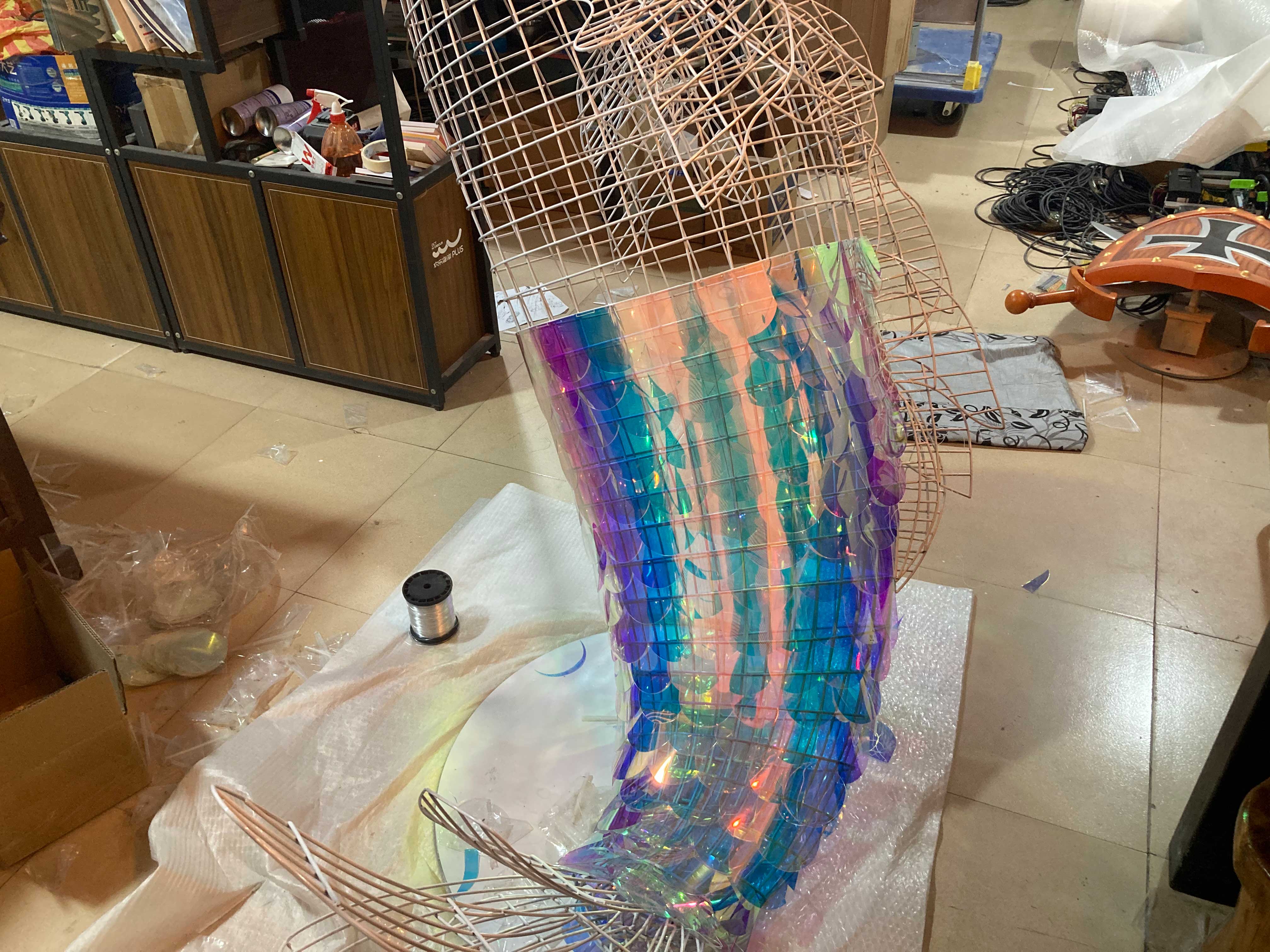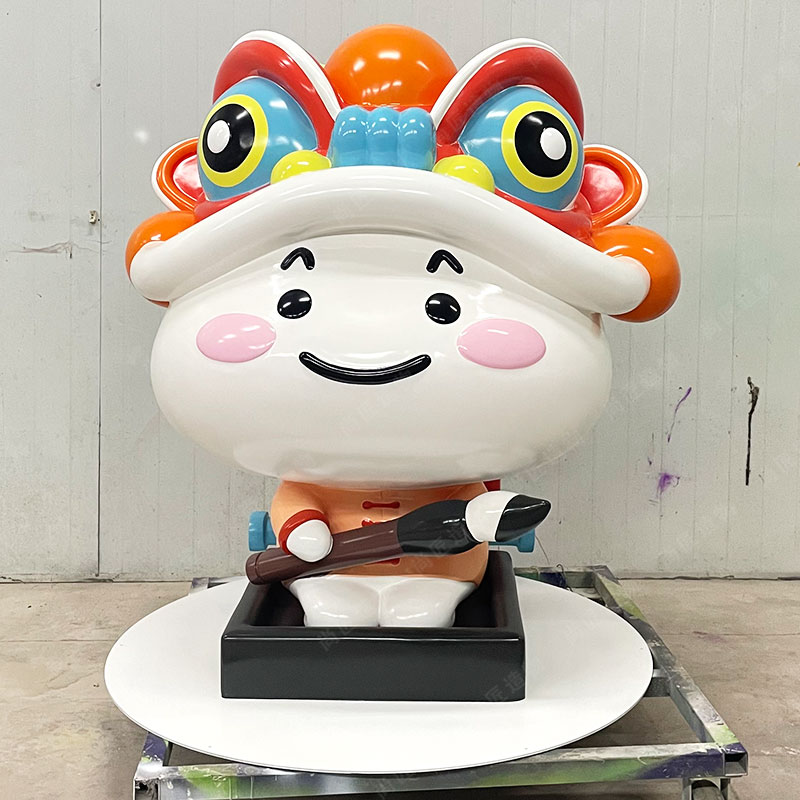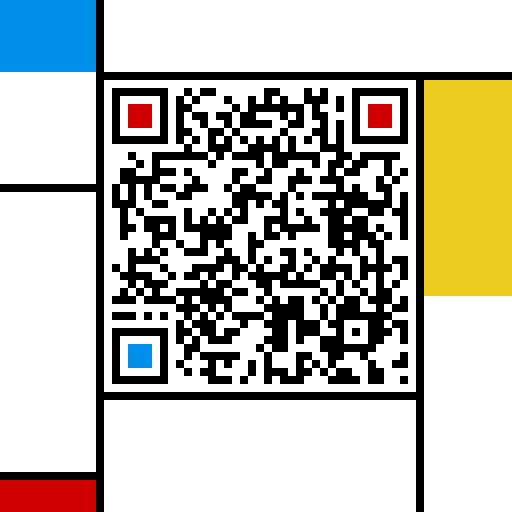Key Takeaways
Branded mascot sculptures are three-dimensional representations of licensed characters, designed to embody a brand’s identity through physical or digital forms. These creations serve as tactile marketing tools, bridging visual branding with real-world interactions. Key aspects include their role in enhancing customer engagement, their custom production process, and their adaptability across industries like retail and public events. This article examines how these sculptures are conceptualized—from initial sketches to material selection—and how they align with brand guidelines while retaining artistic appeal. It also explores practical applications, such as in-store displays or event installations, and addresses durability considerations for long-term use. By analyzing global case studies, readers will gain insights into effective design strategies and emerging innovations in mascot sculpture technology. Each section builds on the previous, ensuring a cohesive understanding of how branded mascots function as both artistic expressions and strategic marketing assets.

Branded Mascot Sculptures: Core Definition Explained
Branded mascot sculptures are three-dimensional representations of licensed characters or original brand icons, designed to physically embody a company’s identity. These sculptures serve as tactile extensions of marketing strategies, often created through agreements with intellectual property holders to ensure legal compliance. Unlike generic decorations, they require precise alignment with brand guidelines—from color accuracy to proportional scaling—to maintain consistency across campaigns.
"A mascot sculpture isn’t just a figure; it’s a storytelling device that bridges abstract branding with real-world interaction," notes marketing strategist Clara Voss.
Historically, mascots were simple costumed figures, but modern iterations leverage advanced materials like fiberglass sculpture techniques for durability and detail. Below is a comparison of traditional vs. contemporary approaches:
| Aspect | Traditional Mascots | Modern Branded Sculptures |
|---|---|---|
| Material | Fabric, foam | Fiberglass, resin, 3D-printed polymers |
| Design Complexity | Low (basic shapes) | High (intricate textures, LED integration) |
| Primary Use | Temporary events | Permanent installations, multi-platform marketing |
Tip: When commissioning a mascot sculpture, prioritize UV-resistant materials for outdoor use to prevent color fading.
Licensing remains critical—unauthorized reproductions risk legal penalties. For example, a fast-food chain’s mascot statue must adhere to trademarked features specified in licensing contracts. This balance of creativity and contractual obligation ensures the sculpture reinforces brand recognition without compromising legal or aesthetic standards.

How Licensed Character Statues Boost Marketing Campaigns
Licensed character statues serve as three-dimensional ambassadors that bridge brands with their audiences through tangible, interactive experiences. By transforming familiar mascots into physical installations, companies create instant visual recognition in crowded environments, whether at retail stores, trade shows, or public spaces. These sculptures act as photo-worthy landmarks, encouraging social media shares that amplify brand visibility organically. For example, a stainless steel sculpture of a brand mascot placed in a high-traffic area can withstand weather exposure while maintaining its polished appearance, ensuring long-term engagement.
Strategically positioned statues also reinforce narrative-driven campaigns. A themed mascot sculpture at a product launch event becomes a storytelling tool, visually anchoring promotional messaging. In retail settings, lifelike figures guide customer flow and highlight seasonal collections, often increasing dwell time and purchase intent. Data from hospitality and entertainment sectors show that installations featuring licensed characters correlate with a 12-18% rise in foot traffic, demonstrating their effectiveness as silent salespeople. By merging artistic design with brand values, these sculptures turn passive observation into active participation, fostering emotional connections that flat advertisements cannot replicate.
Step-by-Step Production of Custom 3D Mascot Figures
The creation of branded mascot sculptures begins with collaborative design sessions between brands and 3D artists. Designers translate 2D character concepts into digital 3D models using software like ZBrush or Blender, ensuring proportions and features align with brand guidelines. For licensed characters, this phase often requires approvals from IP holders to maintain authenticity.
Once the model is finalized, prototyping begins with 3D printing in resin or lightweight plastics. This stage allows for physical evaluation of details like facial expressions or accessory placement. Feedback loops refine the prototype until it meets durability standards for intended use—whether for indoor retail displays or outdoor public installations.
Production then shifts to scalable fabrication. Materials like fiberglass, polyurethane foam, or weatherproof composites are selected based on installation environments. Advanced techniques such as CNC machining or silicone molding ensure consistency across multiple units. For intricate IP character sculpture designs, hand-finishing may be required to perfect textures or color gradients.
Post-production includes quality checks for structural integrity and paint adhesion. The final sculptures are often disassembled for efficient shipping, with reassembly guides provided for on-site installations. This systematic approach balances artistic precision with functional reliability, preparing mascots for their roles in engaging audiences across physical and promotional spaces.
Retail and Event Applications for Branded Sculptures
Branded mascot sculptures serve as versatile tools for enhancing physical spaces, particularly in retail environments and event settings. In stores, these statues often anchor thematic displays, drawing attention to promotions or seasonal campaigns. For example, life-sized mascots positioned near entrances or checkout counters create memorable touchpoints that reinforce brand recognition while encouraging social media sharing. Event planners increasingly incorporate licensed character statues as focal points for product launches, trade shows, or corporate gatherings, where their three-dimensional presence provides stronger visual impact than traditional banners or digital screens.
The interactive nature of these sculptures proves particularly effective in experiential marketing strategies. Retailers might commission kinetic sculptures with movable elements to engage customers, while event organizers use illuminated or modular designs that adapt to different venue sizes. Durable materials like fiberglass-reinforced resins ensure longevity for high-traffic applications, from mall installations to traveling expos. By physically manifesting brand personalities in shared spaces, these sculptures bridge digital marketing efforts with tangible consumer interactions, creating measurable lifts in dwell time and photo-driven social engagement.

Designing Mascots: Balancing Creativity and Brand Identity
Effective mascot design requires a strategic interplay between artistic innovation and brand consistency. Designers must translate abstract brand values—such as reliability, playfulness, or innovation—into tangible visual forms while adhering to trademarked colors, logos, and style guidelines. This process often begins with collaborative workshops where brand managers and artists align on core attributes, followed by iterative sketching to refine proportions, expressions, and posture. For example, a tech company might prioritize sleek, angular shapes to convey modernity, while a family-friendly brand could opt for rounded, approachable features.
A common challenge lies in avoiding overly generic designs without straying into unfamiliar territory. Successful mascots strike a balance by incorporating subtle nods to brand heritage—like vintage color palettes or signature product shapes—while introducing fresh elements that resonate with contemporary audiences. Legal considerations also play a role, as designs must comply with licensing agreements to maintain realistic sculpture standards for public installations. Research shows that mascots blending 70% brand-aligned features with 30% creative novelty achieve the highest recognition and emotional engagement. This equilibrium ensures the character remains both distinctive and instantly identifiable across marketing channels.
Material Choices for Durable Licensed Character Statues
Selecting appropriate materials is critical for ensuring licensed character statues withstand environmental stressors while maintaining visual appeal. Fiberglass remains a top choice for outdoor installations due to its lightweight nature, weather resistance, and ability to hold vibrant colors under UV exposure. For indoor retail displays, polyresin offers a cost-effective solution with high detail replication, ideal for intricate mascot designs. Heavy-duty applications, such as public installations in high-traffic areas, often utilize stainless steel or bronze for unmatched durability and vandal resistance. Recent advancements in eco-friendly composites, including recycled plastics, cater to brands prioritizing sustainability without compromising structural integrity. Cartoon sculpture projects increasingly incorporate hybrid materials—combining foam cores with reinforced coatings—to balance weight and longevity. Manufacturers conduct rigorous stress tests on prototypes to validate material performance, ensuring mascots retain brand-approved aesthetics through years of use.
Case Studies: Successful Public Installations Worldwide
Public installations of branded mascot sculptures have proven effective in boosting visibility and emotional engagement across diverse markets. In Paris, the Michelin Man’s 12-foot fiberglass sculpture at a major transportation hub became an instant landmark, merging the brand’s heritage with modern design. Similarly, Tokyo’s Shinjuku District featured a rotating collection of Disney character statues, driving foot traffic to local retailers while reinforcing cross-generational brand loyalty.
Another notable example is Red Bull’s “Wings Plaza” in São Paulo, where oversized 3D sculptures of their iconic bull mascot doubled as interactive photo spots. The installation generated over 500,000 social media tags within six months, demonstrating how physical sculptures can amplify digital engagement. For durability, these projects often use weather-resistant materials like reinforced resin or powder-coated steel—aligning with practical considerations discussed earlier.
Such installations strategically connect brands with public spaces, creating shared cultural touchpoints. As cities increasingly embrace corporate-sponsored art, these case studies highlight how mascot sculptures transcend traditional advertising by fostering community interaction and lasting visual impact.
Future Trends in Branded Mascot Sculpture Innovation
The evolution of branded mascot sculptures is increasingly shaped by technological advancements and sustainability demands. Emerging 3D printing techniques now enable faster prototyping, allowing brands to test intricate designs at lower costs before committing to full-scale production. Meanwhile, eco-conscious materials—such as biodegradable plastics and recycled metals—are gaining traction, aligning mascot creation with corporate environmental goals.
Interactive features are becoming a focal point, with augmented reality (AR) integration transforming static statues into dynamic storytelling tools. For example, scanning a mascot sculpture via smartphone could unlock branded animations or promotional content. Additionally, modular designs that allow parts to be reconfigured or updated extend a sculpture’s lifespan, adapting to shifting marketing strategies without requiring complete replacements.
As brands prioritize inclusivity, customizable mascots tailored to regional or cultural contexts are rising in demand. This shift not only enhances audience relatability but also supports global campaigns with localized appeal. Such innovations ensure licensed character statues remain relevant in an era where physical and digital engagement increasingly intersect.
Conclusion
Branded mascot sculptures have solidified their role as dynamic tools for modern brand storytelling, merging artistic expression with strategic marketing objectives. These licensed character statues not only reinforce brand recognition but also create emotional connections with audiences through their physical presence in retail spaces, events, and public installations. As explored in earlier sections, their effectiveness hinges on meticulous design alignment with brand values, durable material selection, and adaptability to diverse environments—from interactive store displays to large-scale civic art projects.
While current applications demonstrate their versatility, advancements in 3D modeling and sustainable materials suggest broader possibilities for innovation. Future iterations may integrate smart technologies or modular designs to enhance engagement. By balancing creativity with commercial intent, organizations can leverage these sculptures as long-term assets that evolve alongside shifting consumer expectations and market trends. Their continued relevance underscores the enduring power of tactile, visually striking branding in an increasingly digital world.
FAQs
What are the primary uses of branded mascot sculptures?
Licensed character statues serve as visual anchors for brand recognition, commonly deployed in retail displays, promotional events, and public spaces. Their three-dimensional designs create memorable interactions, reinforcing brand messaging through tactile engagement.
How long does it take to produce a custom 3D mascot figure?
Production timelines vary based on complexity, but most projects take 6–12 weeks. This includes concept approval, 3D modeling, material selection, and quality testing. Rush orders may shorten timelines but often incur higher costs.
Are licensed mascot sculptures expensive to create?
Costs depend on size, materials, and licensing fees. Smaller fiberglass figures start around $2,000, while large-scale installations with interactive features can exceed $20,000. Budgeting should account for durability needs and intended usage environments.
Can branded sculptures withstand outdoor conditions?
Weather-resistant materials like marine-grade resins or powder-coated metals are recommended for outdoor installations. Regular maintenance—such as UV-protective coatings and structural inspections—extends lifespan in harsh climates.
What distinguishes licensed characters from generic mascots?
Licensed statues require formal agreements with intellectual property holders to ensure legal compliance. Generic mascots offer more design flexibility but lack the instant audience connection tied to established franchises or brand assets.
How are brands integrating technology into mascot sculptures?
Emerging trends include AR-enabled statues that trigger digital content via smartphones and solar-powered lighting systems. Such innovations merge physical presence with interactive experiences, aligning with modern marketing strategies.
 ch
ch English
English






